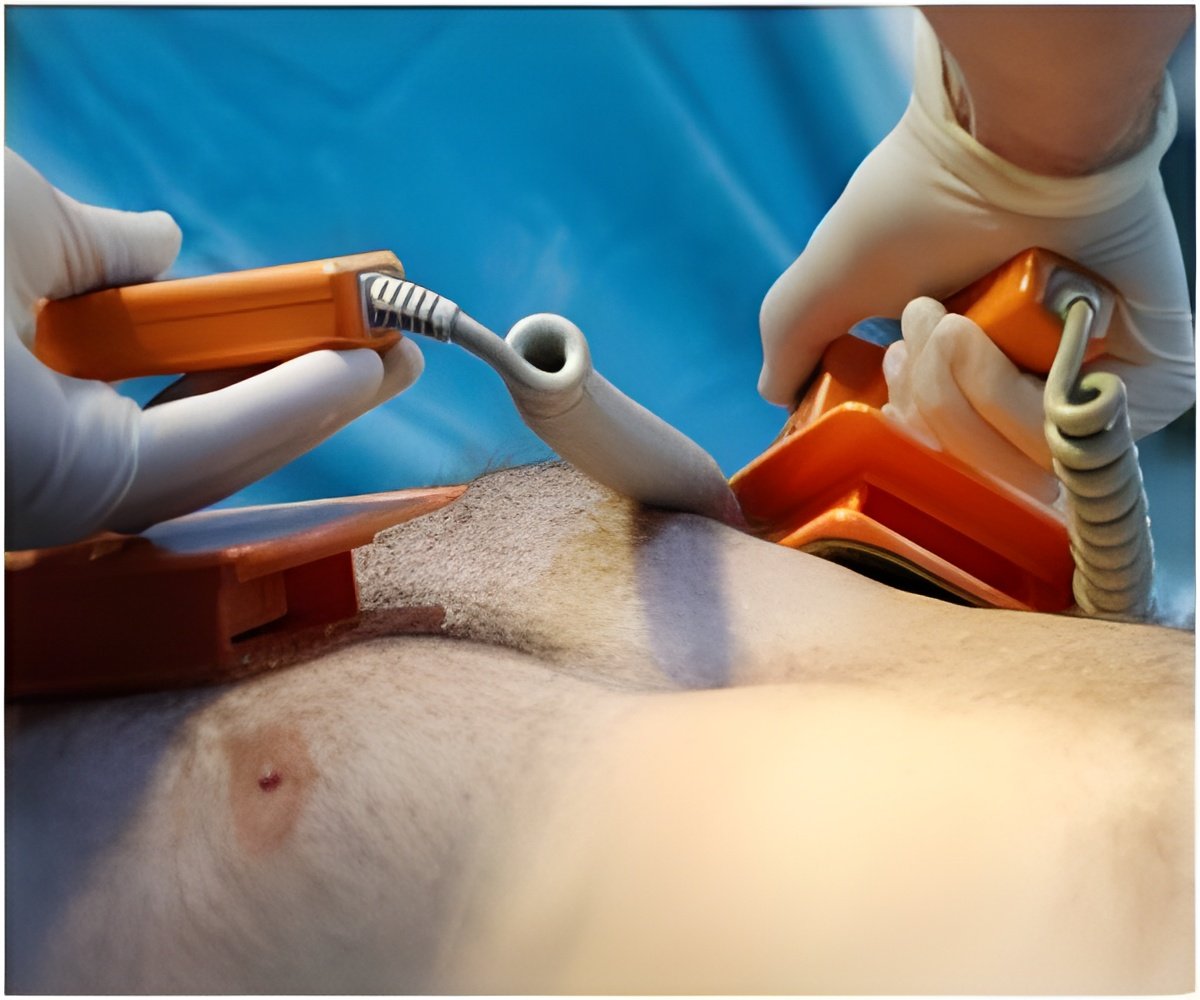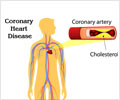A new study published in the journal Biomacromolecules reports on the efforts of scientists in growing cardiac muscle on a scaffold using carbon nanofibers, the success of which could improve the outcome of heart attack patients.
Gordana Vunjak-Novakovic, Rui L. Reis, Ana Martins and colleagues point out that when damaged, adult heart tissue can't heal itself very well. The only way to fix an injured heart is with a transplant. But within the past decade, interest in regenerating just the lost tissue has surged. The trick is to find materials that, among other things, are nontoxic, won't get attacked by the body's immune system and allow for muscle cells to pass the electrical signals necessary for the heart to beat. Previous research has found that chitosan, which is obtained from shrimp and other crustacean shells, nearly fits the bill. In lab tests, scientists have used it as a scaffold for growing heart cells. But it doesn't transmit electrical signals well. Vunjak-Novakovic's team decided to build on the chitosan development and coax it to function more like a real heart.
To the chitosan, they added carbon nanofibers, which can conduct electricity, and grew neonatal rat heart cells on the resulting scaffold. After two weeks, cells had filled all the pores and showed far better metabolic and electrical activity than with a chitosan scaffold alone. The cells on the chitosan/carbon scaffold also expressed cardiac genes at higher levels.
Source-Eurekalert















